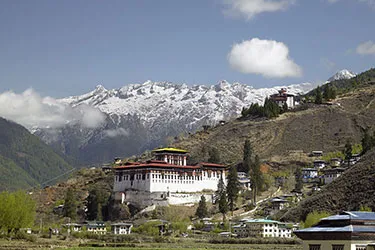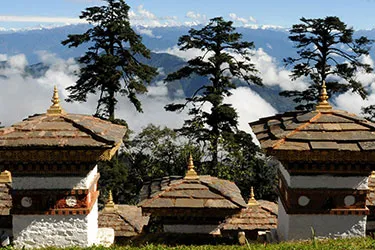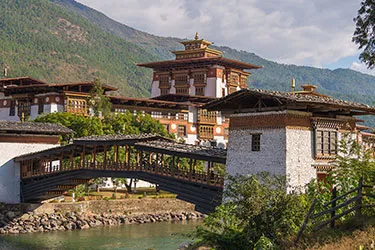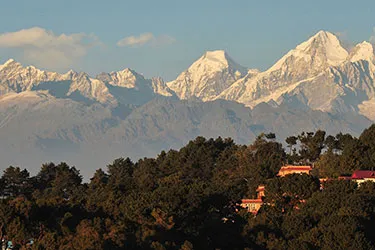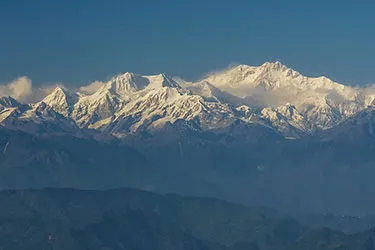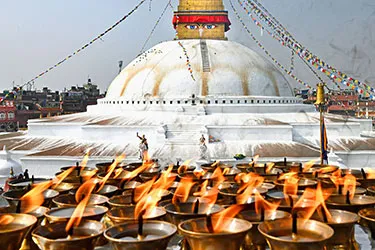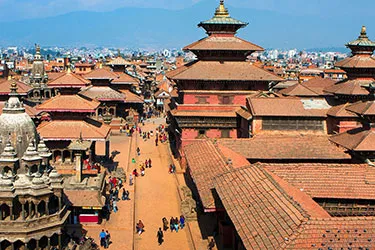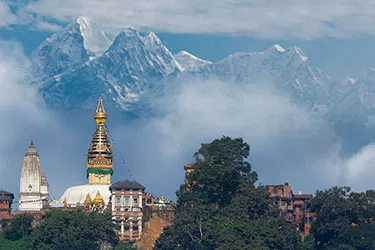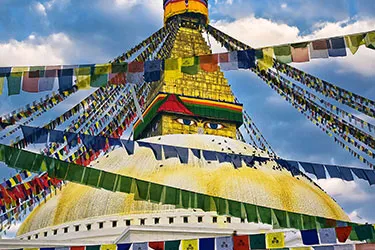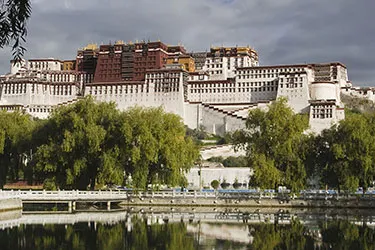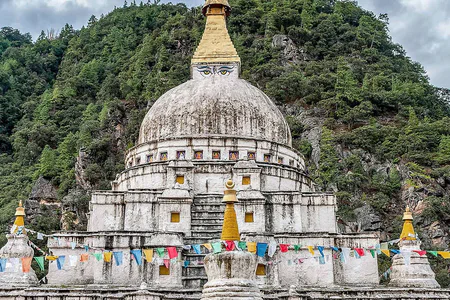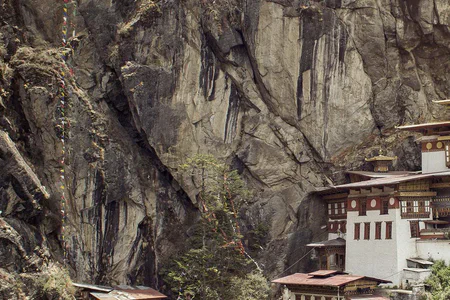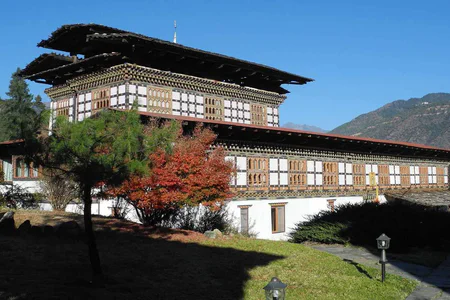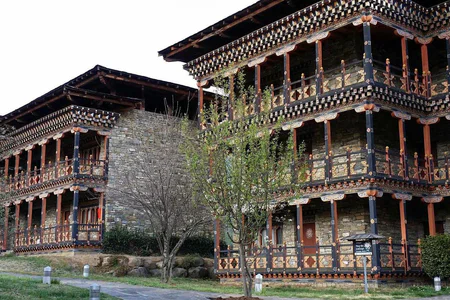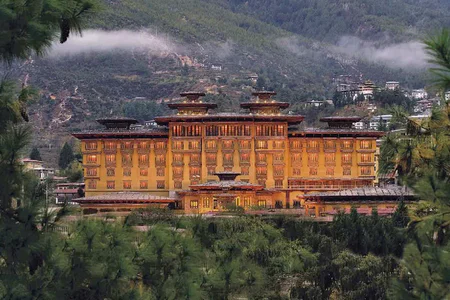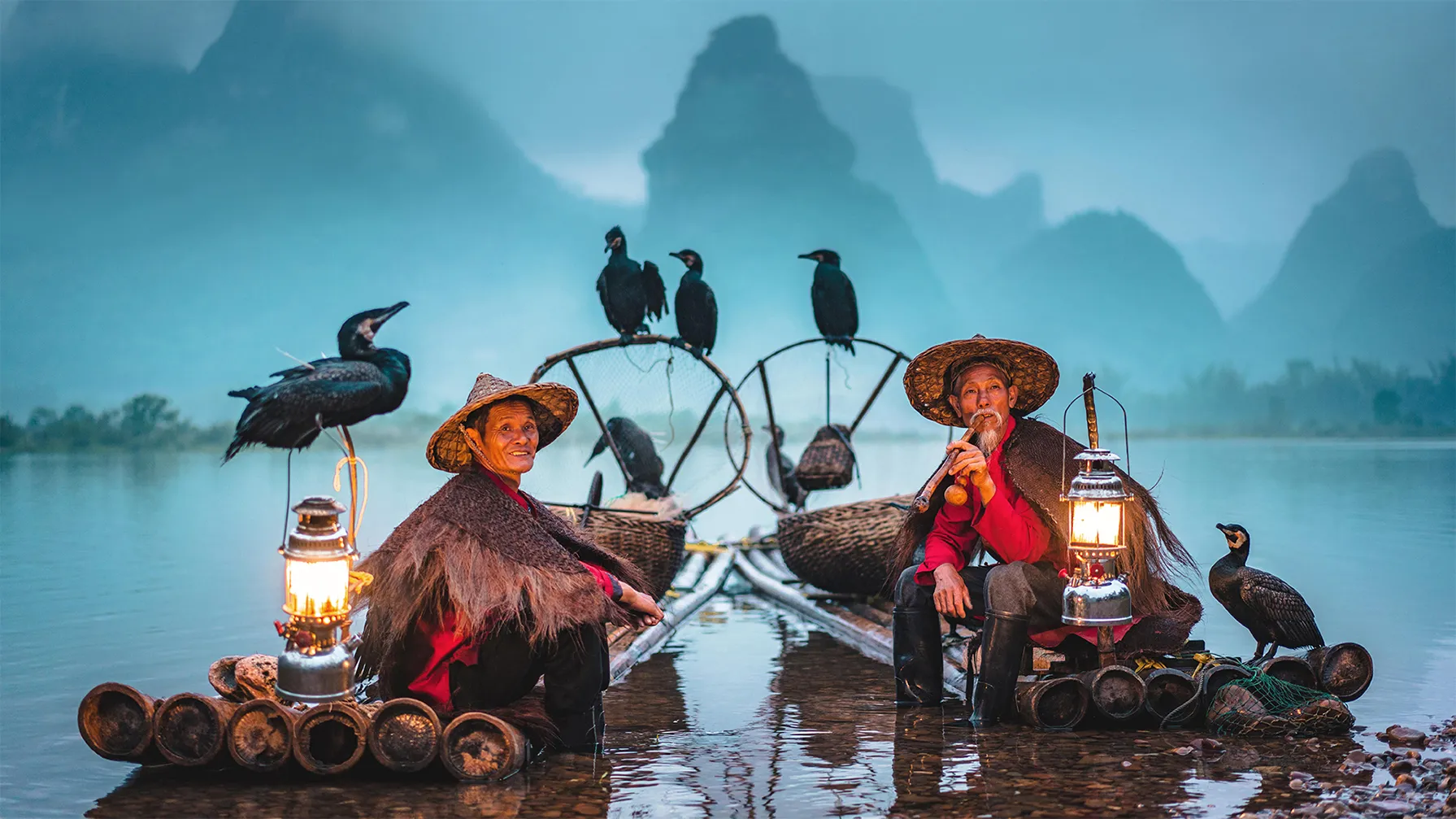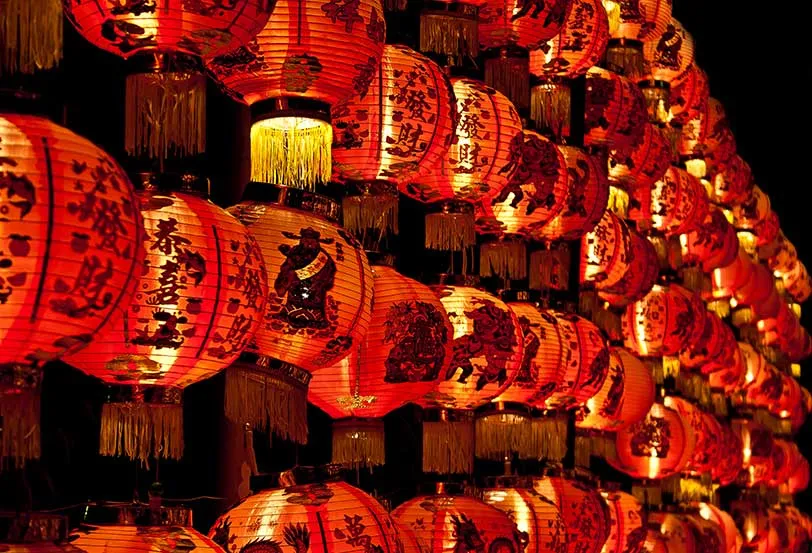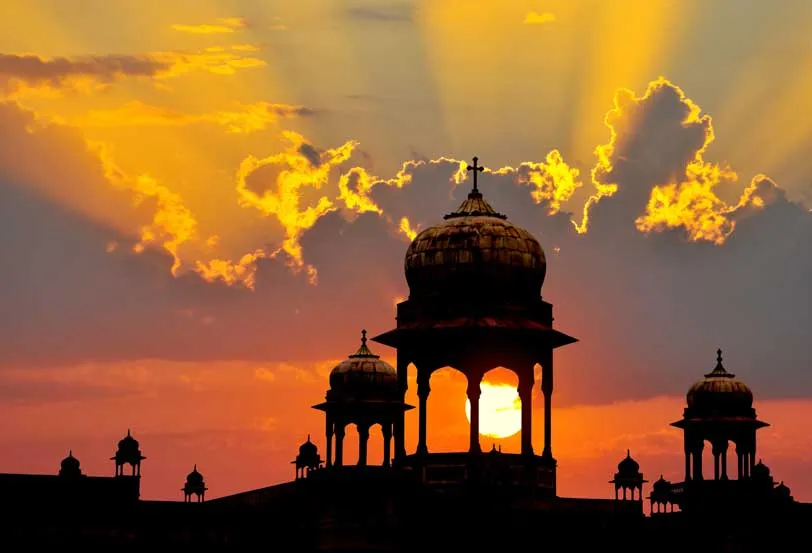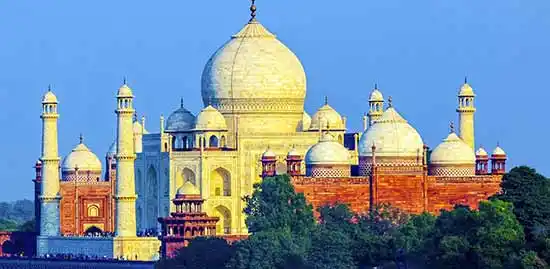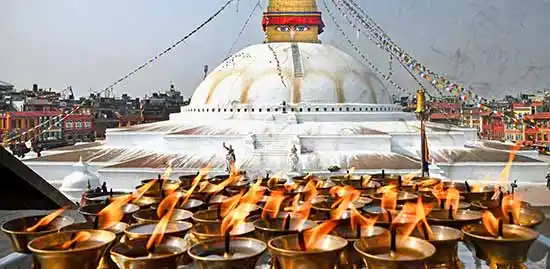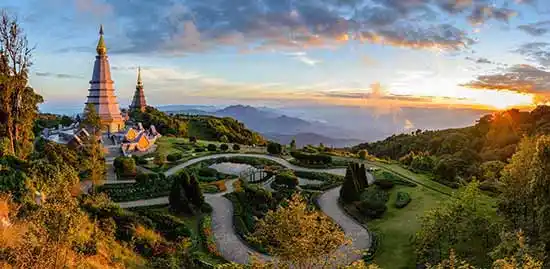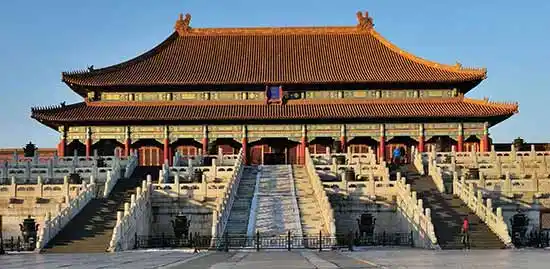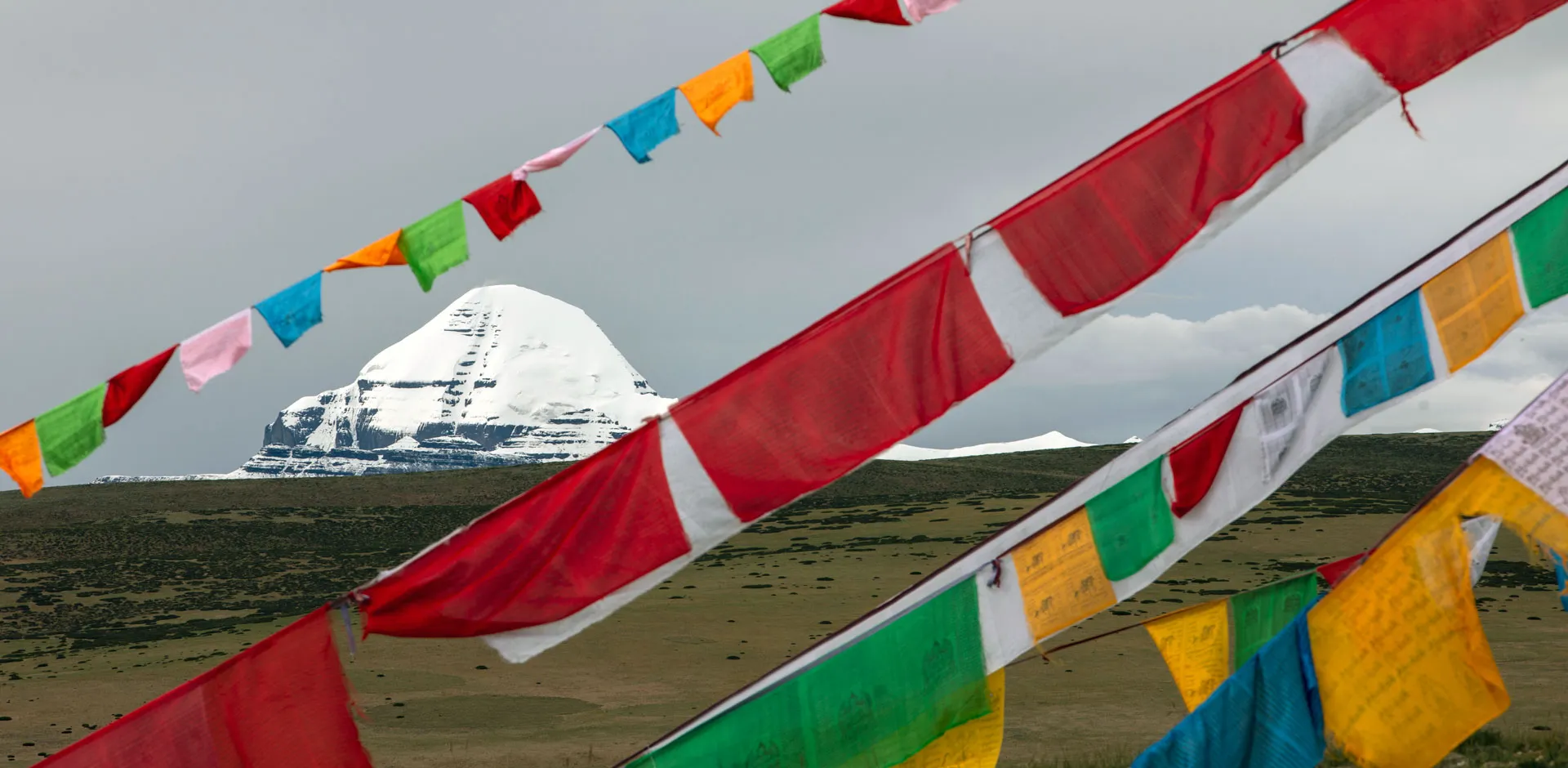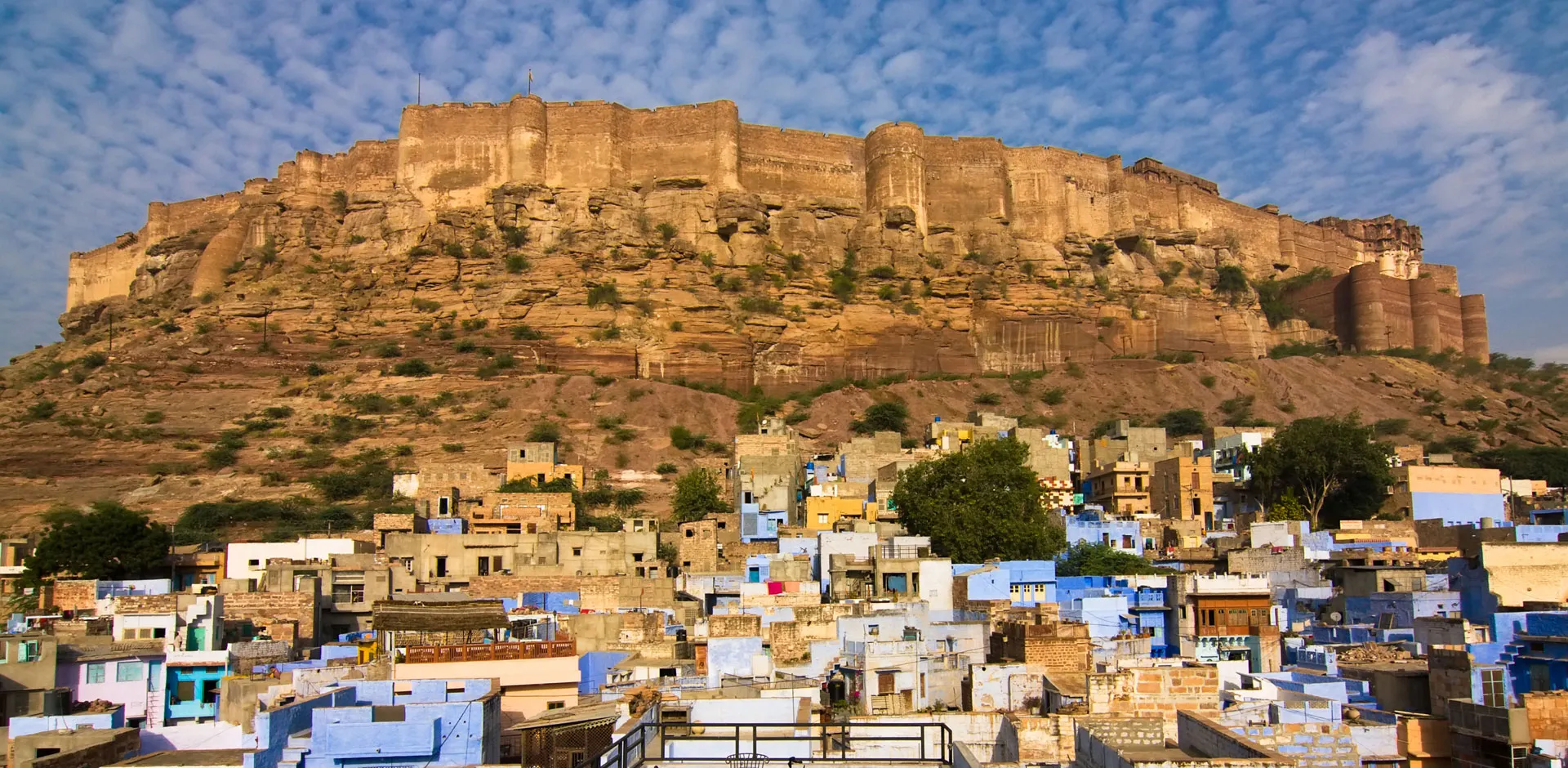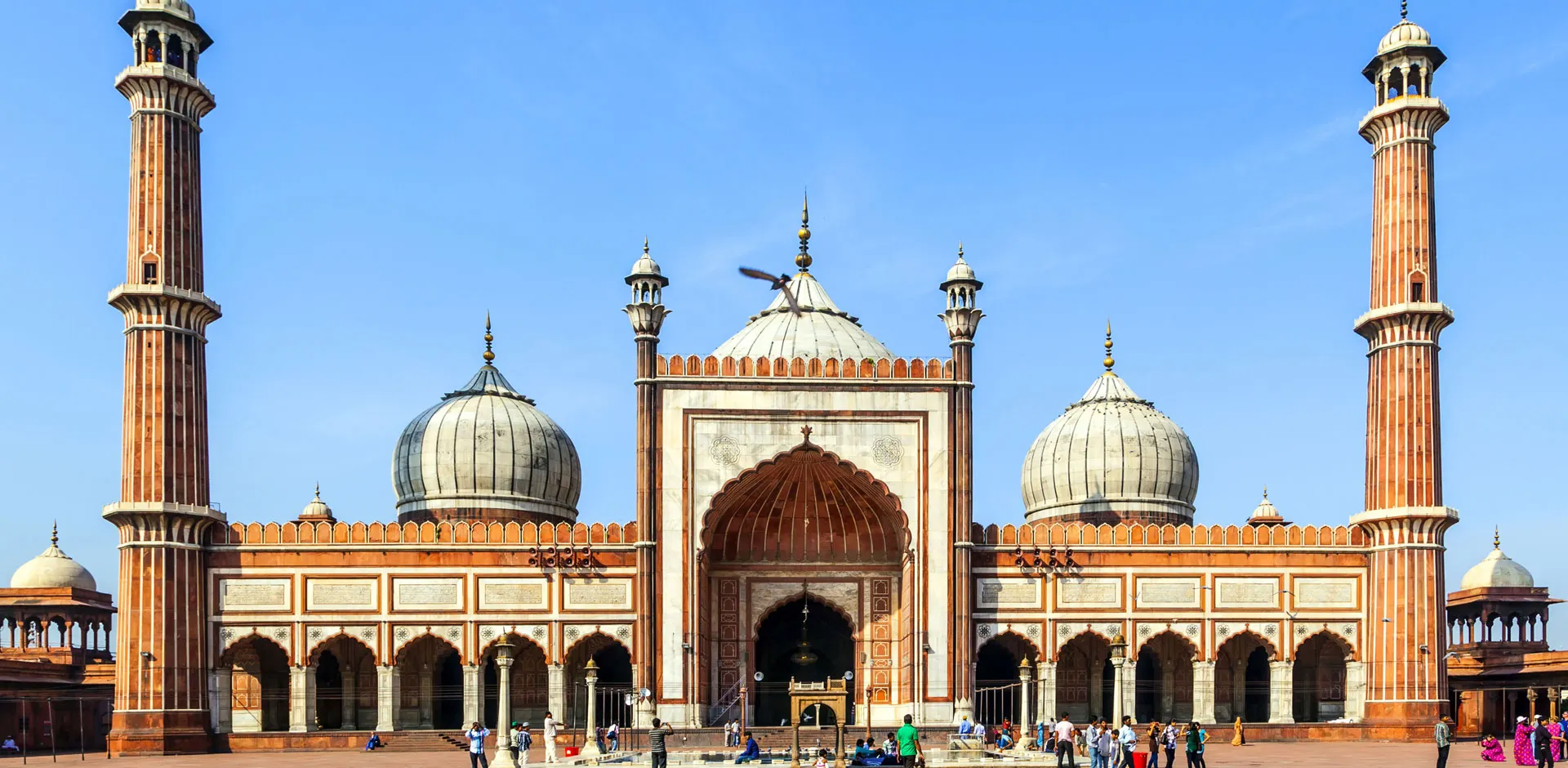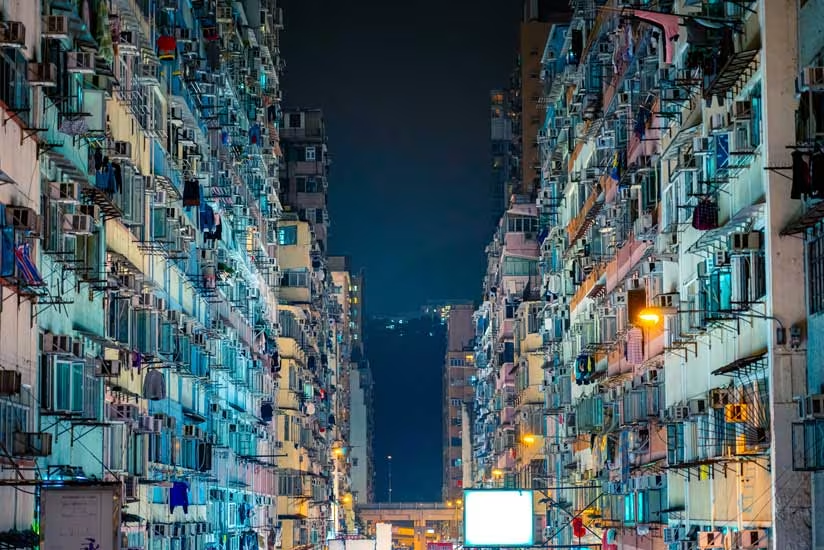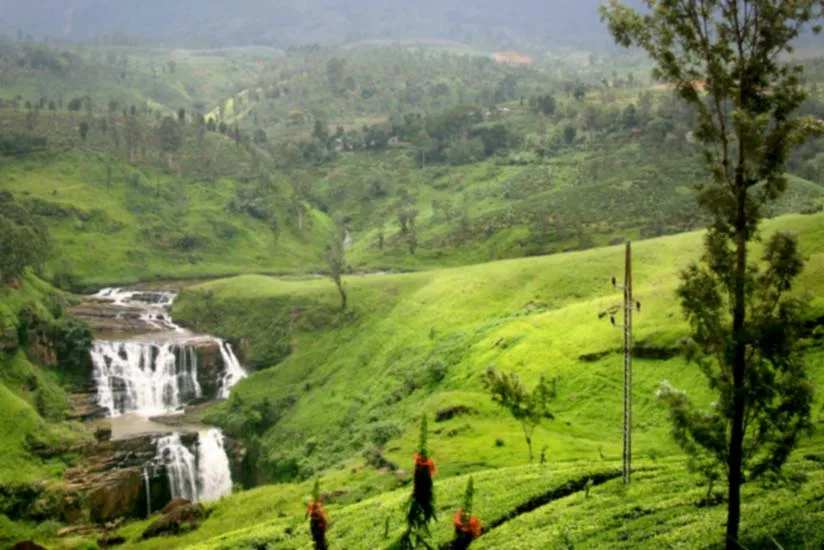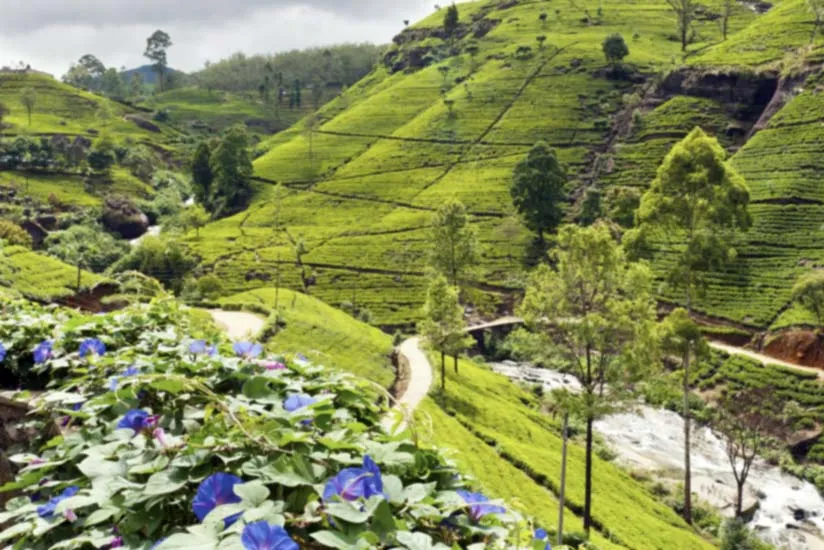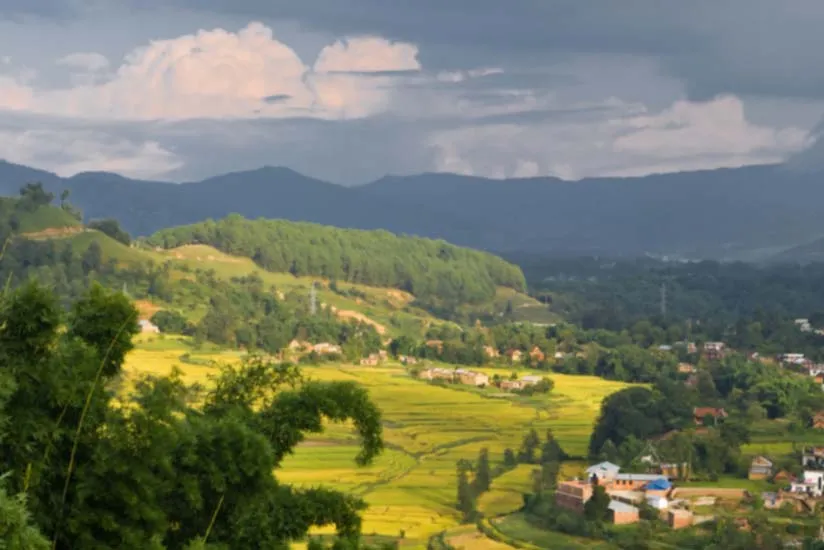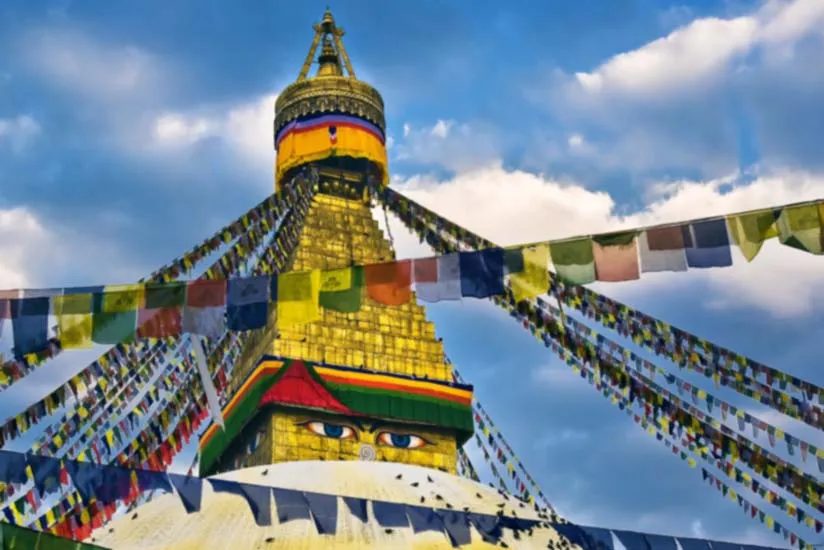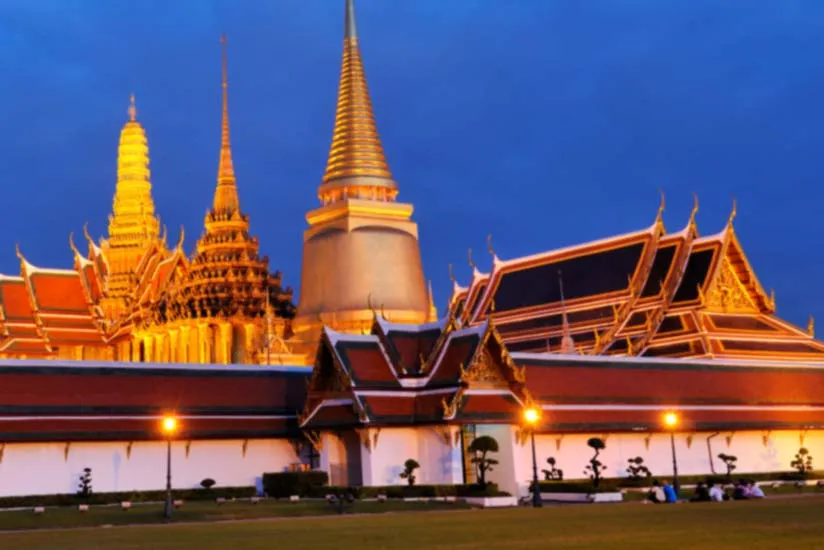Amankora lies adjacent to the Wangdichholing Palace in Bumthang. It a 16-suites resort surrounded by an apple orchard. The hallway, in Buddhist architecture and colours is grand. At the end of the hall is a library with comfy chairs and an internet. It’s like entering a beautiful Dzong but I am both, confused and amazed. I am travelling not in distance but in time.
Amankora Gangtey in central Bhutan lies in an awe-inspiring wide open glacial valley; the dark green floor stretches into wilderness, the end of which is covered with low mountain hugging clouds. The air is crisp and light, we are at 2,900m, but it is as fresh and sweet as drinking spring water. Once beyond the reach of roads and electricity, there is still peace here. The locals call it the Phobjikha Valley. For me it is the end of the world.
The Amankora Paro is one of five Aman properties in Bhutan that are built around the basic principles of a beautiful natural location, small number of rooms and exclusive service. The 20-room Paro lodge is located in the woods with majestic views of the 17th century Drugyel Dzong ruin and the Greater Himalaya that include 7,300m Chomolhari, Bhutan’s highest mountain.
The Amankora Resort in Punakha was built by a former Chief Abbot of Bhutan as a residence to oversee the surrounding rice paddies and fruit orchards. The quaint, three-storey structure is now the combined common guest area. The Dining Room is situated on the ground floor, and the upper floors offer relaxation areas. The Courtyard of the farmhouse is suitable for outdoor dining and beyond is the two-storey Spa which provides yoga/meditation room.
Uma by COMO, Paro is tucked away into the side of a hill, with about nine or ten blocks of stone, designed in Bhutanese architecture, nicely camouflaged behind a pine forest. But the beautiful vegetable dyes, of dark blue, red and orange can be seen from miles away. It is too good to be hidden. The main building, formerly a Bhutanese nobleman's home, forms the hotel's heart, whilst the rooms and suites are located in glades planted with azaleas.
Gangtey Palace in Paro, built in the late 1800s, was home to the Penlops or governors of the region. Later, it was fortified to halt any Tibetan invasion from the North. In the early 20th-century, it was used by the king as his residence. In recent past, the Royal Grandmother resided here and other royalties include the first Prime Minister of India, Pundit Jawaharlal Nehru. Today, the hotel allows travellers to experience the authentic Bhutanese lifestyle and its medieval history.
The Amankora lodge is located in the hills outside Thimphu, overlooking a stream and close to nature. It is like taking your luxuries in a rucksack into the wilderness. There is a feel of openness and an earthy touch with the wind and rain. Even when you are asleep, the only thing that stands between you and nature are the large glass window panes.
The first view of Zhiwa Ling Hotel in Paro, is a breathtaking three story foyer, with a wooden staircase encircling the area. Light pours in from the top, and the walls are adorned with artefacts and artwork at each level, reflecting Bhutan's spirit and culture. Located on the second floor is a gompa, made with 450-year-old timbers from the famous Gangtey Monastery, the crowning glory of this cultural landmark in Paro.
COMO Uma Punakha is a beautiful resort, perched on a hillside overlooking the Mo Chu River. The hotel overlooks the Punakha Valley with lush-green paddy fields and rolling forested mountains. This low-lying valley serves as an interesting destination for both summer and winter touring. In this beautiful and interesting destination, Uma Punakha offers just 11 rooms, all spread out along a ridge, taking in the valleys fresh air and offering jaw-dropping views.
Taj Tashi hotel is one of the largest buildings in Thimphu, designed in the traditional Bhutanese style. Inside, a large bell hangs in the lobby with a magnificent blend of Dzong architecture and modern design. A page boy runs to help with our luggage, the receptionist produces a friendly smile and the Manager appears as if from behind the clouds. A sudden realisation that you are indeed in Bhutan – a kingdom above the clouds, deep in the Himalayas.



